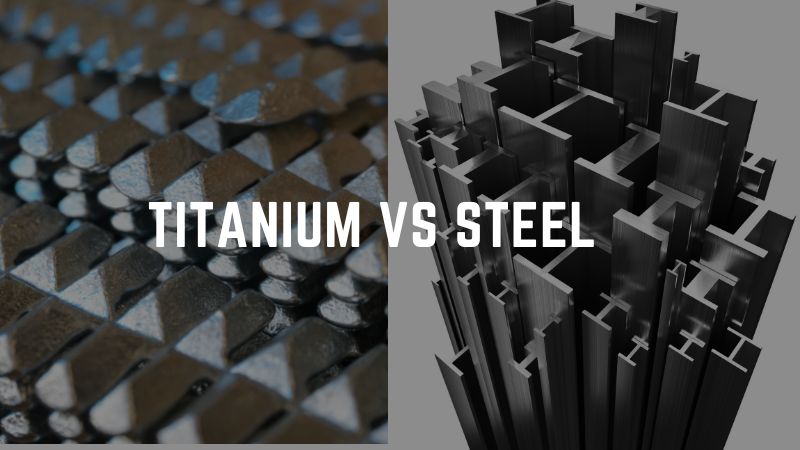
Steel and titanium are versatile engineering materials. They have unique properties making them suitable for different applications.
This guide compares the vital aspects about titanium and steel.
Let’s dive right in.
Chemical Composition of Titanium Vs Steel
Both steel and titanium have unique chemical composition. It is the chemical composition that is responsible for the unique physical, mechanical and chemical properties.
Steel
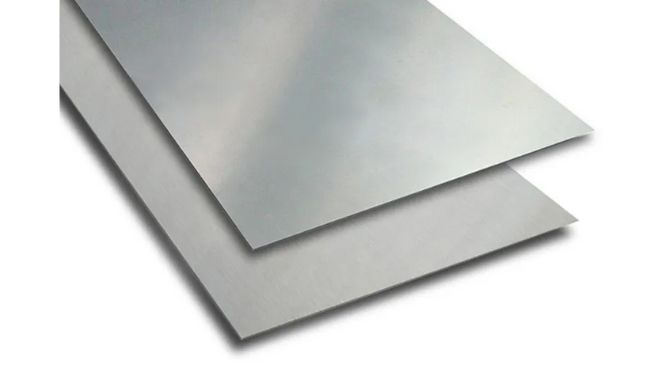
Steel is an alloy constituting iron and carbon in its structure as the main elements thus improving on its inherent properties. Other elements you can alloy with steel include: molybdenum, zinc, silicon, chromium, manganese, vanadium, chromium, aluminum, boron among others.
Generally, we classify steel into the following main categories:
- Carbon Steel: Employs carbon as the main alloying element and classified as low, medium and high carbon steel depending on carbon quantity.
- Alloy Steel: Constitutes steels employing another alloying element other than carbon such as nickel, chromium, vanadium and molybdenum.
- Tool Steel: Encompasses steels alloyed with strengthening and hardness inducing elements such as cobalt and tungsten used in tool making.
- Stainless Steel: Employs chromium as the main alloying element alongside carbon to about 20 % to augment corrosion resistance especially.
Titanium
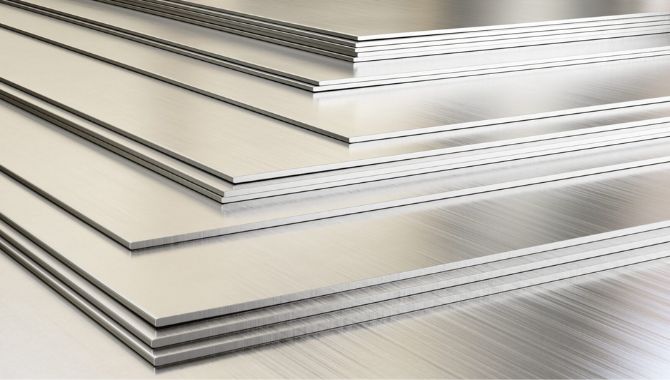
Titanium is a non-rare metal that naturally exists in oxide form and extracted by chemical reduction. You can however employ titanium as an alloying element given its lightweight, high strength and corrosion resistance qualities.
Properties: Titanium Vs Steel
Before choosing titanium or steel for any application, you should consider the following properties:
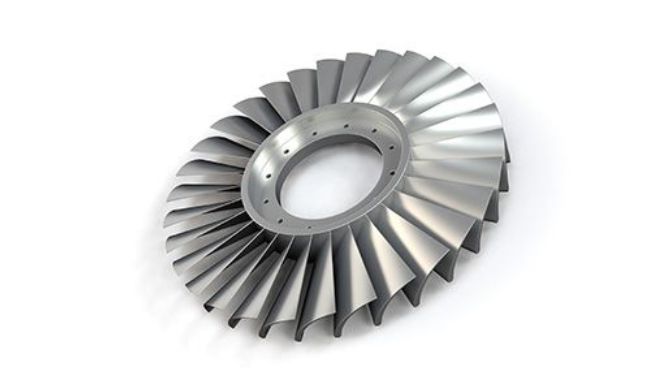
Corrosion Resistance
Titanium, just like aluminum, reacts with atmospheric oxygen to form an oxide layer once it is exposed. The oxide layer is usually thin and non-porous, shielding the underlying metal surface from chemical corrosion from weak acids and bases.
Some steel alloys such as stainless steel exhibit corrosion resistance by utilizing elements such as chromium and nickel. However, since these steel alloys are ferritic, there’s need for further processing such as surface treatment to prevent future corrosion tendencies.
Elasticity

A material’s elasticity describes its capacity to withstand stress and strain application before deforming. Given the different alloys of steel, you find elasticity values reaching 200 GPa while that of titanium is about 115 GPa.
The disparity between steel and titanium in terms of elasticity suggests the former is easier to machine during metal working. Moreover, the difficulty in working with titanium makes its production cost higher and its use ultimately expensive.
Hardness
The hardness of a material speaks to its surface’s tolerance against damage from scratching, etching or striking. A Brinell test is an indicator for hardness with steel offering a much better score at 120 than titanium’s 70.
Consequently, titanium in its pure form easily exhibits distortion from scratching or etching. However it reacts with atmospheric oxygen when exposed to form a thin oxide layer that offers the surface protection.
Durability
The measure of a material to retain its original form over time without considerable wear describes its durability. Some of the aspects that influence the durability of a material are its corrosion resistance, strength quality, and heat resistance.
Various forms of steel exhibit strength quality with some like stainless steel having incredible resistance to corrosion. In this respect, you can consider steel to be durable. However, the iron content eventually makes it susceptible to corrosion by rust requiring maintenance over time such as coating.
Titanium has immense strength relative to weight, great thermal resistance and is highly resistant to corrosion. Therefore, expect titanium to offer you a great service life even in applications where it is exposed to the elements.
Thermal Performance
Titanium has a higher melting point at 1660 oC compared to steel at 1450 oC. Additionally, titanium has a lower thermal conductivity at 6.720 W/(m.K) compared to steel’s 20 W/(m.K).
These properties make steel susceptible to temperature changes and unfavorable in extreme temperature environments. Alternately, titanium can tolerate temperature extremities thanks to its low conductivity and high melting point.
Tensile Strength
When you subject a material to tensional forces, the maximum force it can withstand before plastically deforming describes its tensile strength. Certain steel alloys can be worked to achieve tensile strength in the range of 1100 MPa with titanium at 1170 MPa.
While it seems steel offers better strength performance it is much denser and heavier than titanium. Therefore, where weight is of concern, titanium is a capable replacement of steel.
Weight
Titanium has high strength-to-weight ratio. Therefore, it is an essential material for most high strength applications.
Comparatively speaking, titanium will exhibit similar strength performance like steel at two thirds its weight.
A peculiar application of this property is in the manufacture of aircraft components where weight is of concern. However, in applications insensitive to weight steel is preferred due to the strength levels that can be achieved.
Cost of Titanium Compared to Steel

While titanium is overly abundant, its extraction process is complex making it difficult to work with and thus costly. Production cost is ultimately one of the primary reasons of the limited use of titanium.
In comparison, steel production is not complicated with the alloying processes rather straightforward allowing wide-scale use and thus affordable. However, specialized steel alloys employing unique elements are considerably costlier.
Titanium Vs Steel Applications
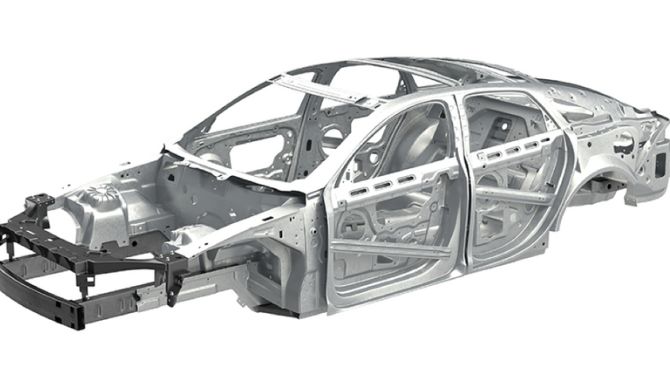
Steel
Steel and its variants finds use in a variety of day to day uses thanks to its high strength and versatility as follows:
- Alloy steels find use in construction applications making beams and girders.
- Machine parts and components such as bearings, axles, gears and shaft employ steel variants like carbon steel.
- Automobile manufacturers utilize steel parts and components to make frameworks, engines and panels.
- Machine tools such as hammers, drill bits, lathes and saws employ tool steel.
- Heavy industries such as chemical processing and oil refinery heavily employ steel use.
- Steel finds use in food processing and packaging.
Titanium

- Use of titanium is down to its impressive corrosion resistance, strength to weight ratio and thermal properties. Common uses include:
- The medical industry employs titanium in surgical equipment, implants and prosthetics thanks to its biocompatibility.
- Its high strength and low weight allows its use in making aircraft components.
- The strength and weight property is utilized in sports equipment such as racquets, and high performance vehicles and bicycles.
- Titanium finds use in custom jewelry applications usually as a plating.
- Underwater sections of the ship such as hull and propellers employ titanium.
Conclusion
With the information in this guide, you can certainly choose a suitable titanium or steel grade for your applications.
For any questions or inquiries on titanium vs steel, contact us now.




